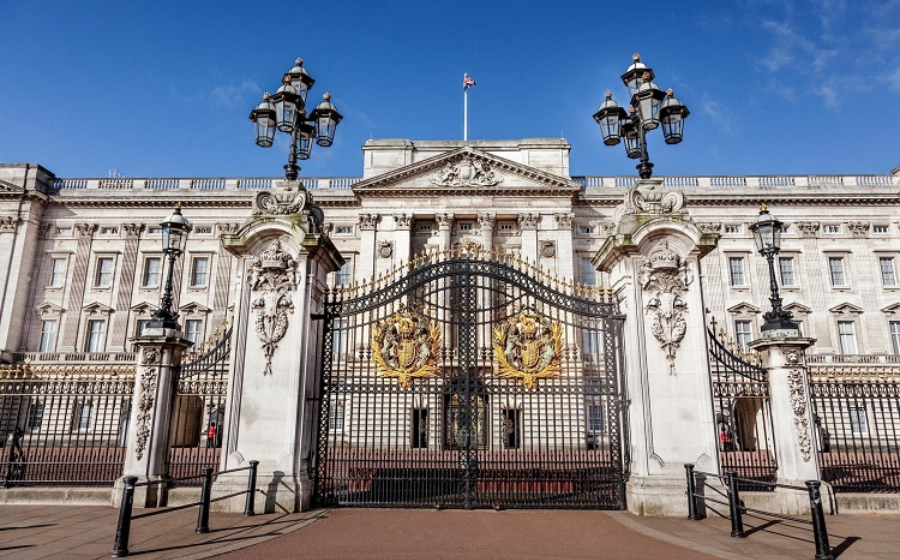Even in death Queen Elizabeth is weaving her magic, uniting a heartbroken nation in a show of pomp and pageantry that is dazzling, and may never be seen again.
The clip-clop of the horses, the richly decorated coffin, the gold-braided military men; the flags, the flowers and the fanfare of trumpets validates the enduring British fairytale that was a thousand years in the making.
We Australians wrote our own footnote in that grand historical novel, and we too, can marvel at the celebrations as a new monarch arrives: “The Queen is dead, long live the King!”
No one does a pageant like the Brits.
The late Queen’s funeral at Westminster Abbey was just the start.
There is more pomp and circumstance to come at the Coronation of Prince Charles III at the same address. It is from there the orb, the spectre and the crown will begin radiating their mysterious powers for a new generation.
Britain is often depicted quite unfairly as a drab, grey nation. It will once again be a most desired destination for tourists.
Visitors to London will soon be able to visit Westminster Abbey again, or head 35km west (train ticket, $14) to the Queen’s final resting place at St George’s Chapel at Windsor Castle where she will be buried next to Prince Philip.
The Queen’s tomb there will become a tourist attraction, and millions of visitors will come to pay their respects just as they queue at the graves of immortals like Mao Zedong, Elvis Presley, George Washington and Marilyn Monroe.
Guided tours are available at Windsor Castle and there is a fabulous art gallery there. It has been home to 39 monarchs.
Windsor Castle was built by William the Conqueror in the 11th century.
The castle is open to visitors throughout the year, and ticketed tours include access to the state apartments, St George’s Chapel, and the “semi-state rooms”, whatever they are.
A bigger drawcard for tourists will undoubtedly be the Westminster Abbey where 3300 Britons and two Australians and buried. There is an old saying at the Abbey: Worshippers free, tourists a fee.
English monarchs have been crowned on the site since 1066.
The Abbey is the final resting place for Geoffrey Chaucer, Isaac Newton, Charles Darwin, Charles Dickens, Jane Austen, Laurence Olivier, Sir Isaac Newton and the Bronte sisters.
Take a 90- minute stroll with a headphone guide through the history of art, literature, science and politics.
The Abbey is a Gothic masterpiece with pointed arches, ribbed vaulting and flying buttresses, and a must visit for Australians hoping to understand their place in the world.
Australian Howard Florey, the pioneer of penicillin, is honoured in a monument made from South Australian granite.
There are only two Australians actually buried in Westminster Abbey – a classical scholar Gilbert Murray and Sir William McKie, organist and master of choristers at the Abbey from 1941.
There is another must-do royal tourist attraction in the UK and its fate is now uncertain.
The gardens of Highgrove Estate that include the Highgrove House, residence of King Charles and Camilla, the Queen consort, have been open to the public since 1996.
The estate at Tetbury in Gloucestershire, 52 minutes west of London has shops selling produce from Charles’ estate and other royal memorabilia. The new king and queen are unlikely to move to Buckingham Palace anytime soon. It’s being refurbished.
So there is a chance, however remote, that a visitor to Highgrove will cross paths with the King of England where he goes to talk to the plants.



